13 September 1755
"[I] got [Piranesi] to finish the whole of Rome and to publish it alone without joining in a book whose principal dedication was to my Lord Charlemont, which made mine less regarded, whereas mine being sold separate all the world will purchase it and have no other name to detract from the honour of the intention."
Robert Adam in a letter to his brother James.
13 September 1778




13 September 2007
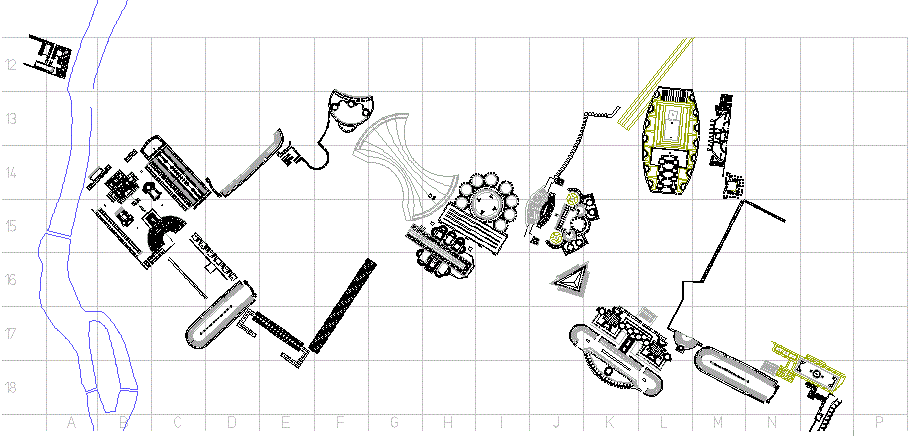
ICM base for redrawing
13 September 2009
The Collapse of Distance - Benjamin/Virilio
You're thinking of A Landscape of Events (2000). Briefly looked through it last night.
From Tshumi's 'Forward':
"Time rather than space is the theme of this book: the collapse of time, the acceleration of time, the reversal of time, the simultaneity of all times. ... Space becomes temporal."
So, not so much about the collapse of distance...
13 September 2010
Bufalini--Piranesi 01
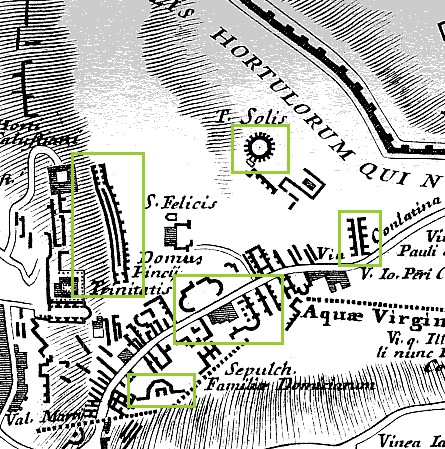 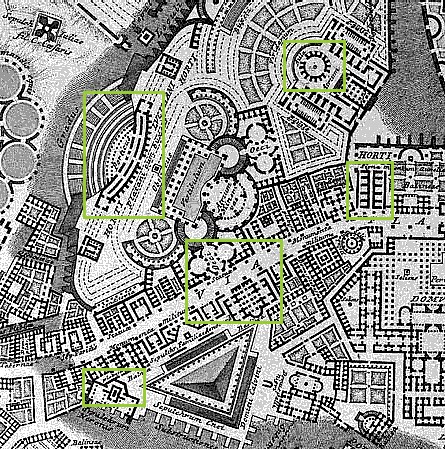
The Mons Pinicus section of Nolli's reduced copy of Bufalini's Ichnographia Urbis compared with the same area of Piranesi's Ichnographia Campus Martius.
Bufalini--Piranesi 02
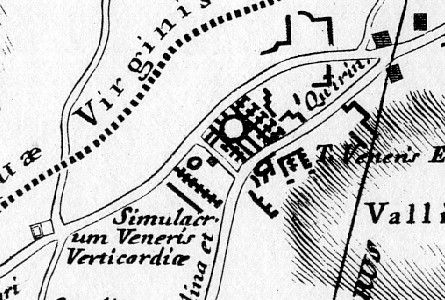 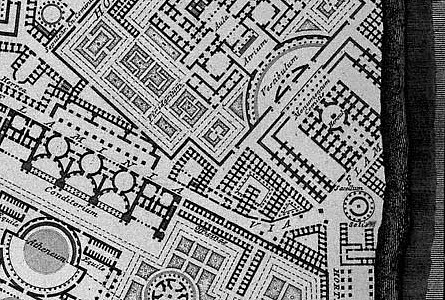
A far eastern section of Nolli's reduced copy of Bufalini's Ichnographia Urbis compared with the same area of Piranesi's Ichnographia Campus Martius, specifically the Monumentum Comitis Herculis.
13 September 2022
"Prior to his research upon the Campus Martius, Piranesi had interested himself widely in the study of Roman antiquities. In addition to making the magnificence etchings, which are so highly esteemed, he also found time to prepare a survey of the Villa Adriana, near Tivoli, the immense palace of the Emperor Hadrian, which together with its gardens covers an area of about 160 acres. Possibly Piranesi's example may have encouraged Adam to undertake personally the direction of the survey at Spalato, to which reference has been made. To measure the palaces on the Palatine Hill was not possible, for the site had not then been excavated to any extent; in fact, systematic research was not commenced there until 1863. The Villa di Tiberio at Capri was even then an almost hopeless ruin, while the remains that have been exposed at either Herculaneum or Pompeii1 were not sufficiently extensive to make either place a suitable subject for the purpose. On the other hand, the Palace of Diocletian at Spalato was in an excellent state of preservation and had not previously been either properly measures or illustrated."
1. Herculaneum had only been discovered in 1719 and Pompeii in 1748.
John Swarbrick, Robert Adam & His Brothers: Their Lives, Work & Influence on English Architecture, Decoration and Furniture (New York: 1915), p. 57.
"...and Gibbon, according to Momigliano, owed his place in the history of historiography to his ability to reconcile his love for antiquarian scholarship with an ability to cast it in a beautiful and philosophical story. In all this, Piranesi was their colleague. Indeed, Lola Kantor-Kazovsky has suggested that one of his distinguishing features was his ability to present the fruits of antiquarian scholarship in an easily accessed narrative form. According to her, Piranesi effectively transformed the visual culture of Italian antiquarianism into something "painterly." The inquiring figures depicted amidst his ancient structures are emotionally engaged, as are those who view the scenes.21 Indeed, like Gibbon, Piranesi's achievement was no less than taking synchronic antiquarian research and transforming it into something diachronic, into a story."
21. Kantor-Kazovsky, Piranesi as Interpreter, pp. 85-87, 99.
Peter N. Miller, "Piranesi and the Antiquarian Imagination" in Piranesi as Designer (New York: Cooper-Hewitt, National Design Museum, 2007), p. 134.
|